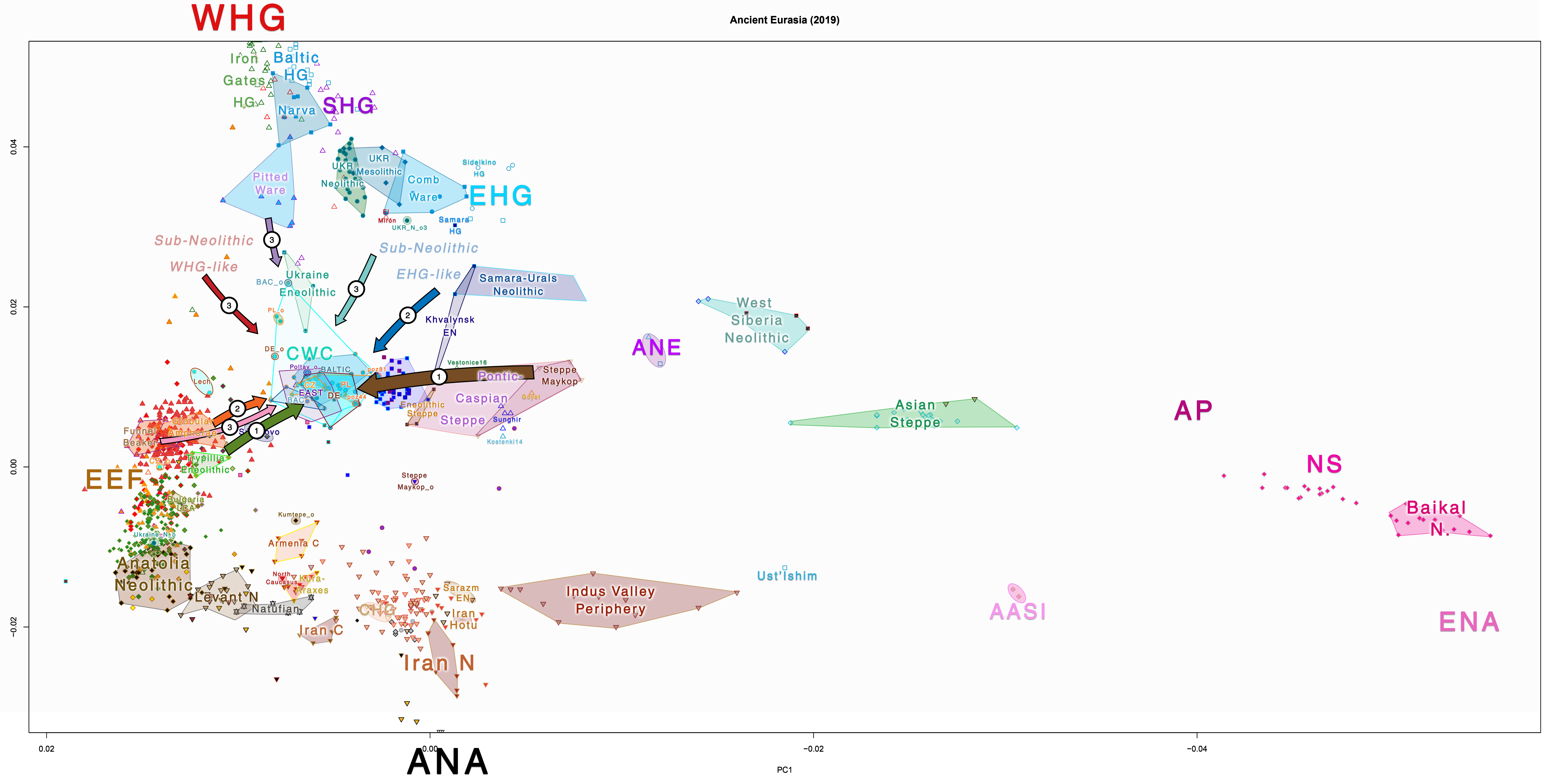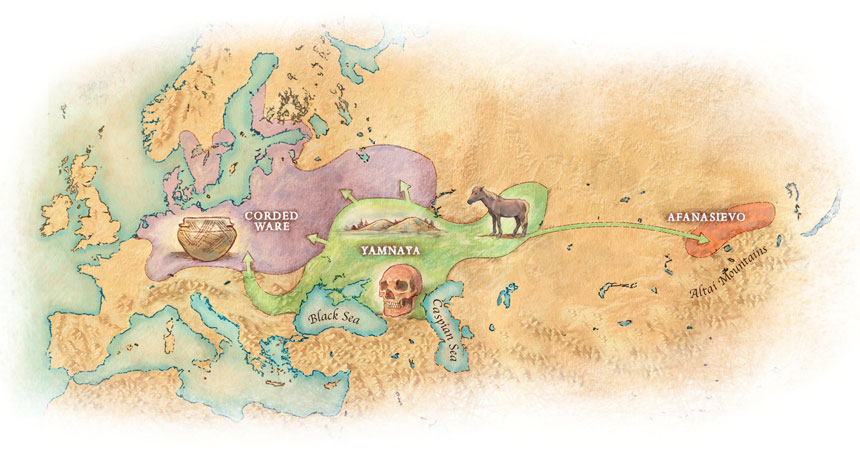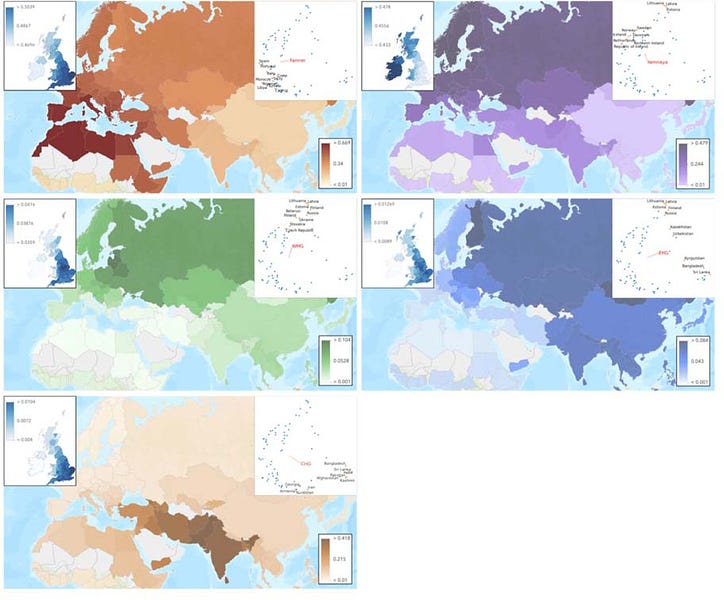
Genetic ancestry changes in Stone to Bronze Age transition in the East European plain | Science Advances

Average genomic height for each of the Western Eurasian samples in the... | Download Scientific Diagram

PDF) Population genomics of Bronze Age Eurasia | Mirosław Furmanek, Jan Kolář, Viktória Kiss, Karl-Göran Sjögren, Paul R. Duffy, Kristian Kristiansen, Andrey Epimakhov, Karin M Frei, Andrey Epimakhov, Vajk Szeverényi, Dalia Pokutta,

Genomic History of Neolithic to Bronze Age Anatolia, Northern Levant, and Southern Caucasus - ScienceDirect

Ancient genomes suggest the eastern Pontic-Caspian steppe as the source of western Iron Age nomads | Science Advances
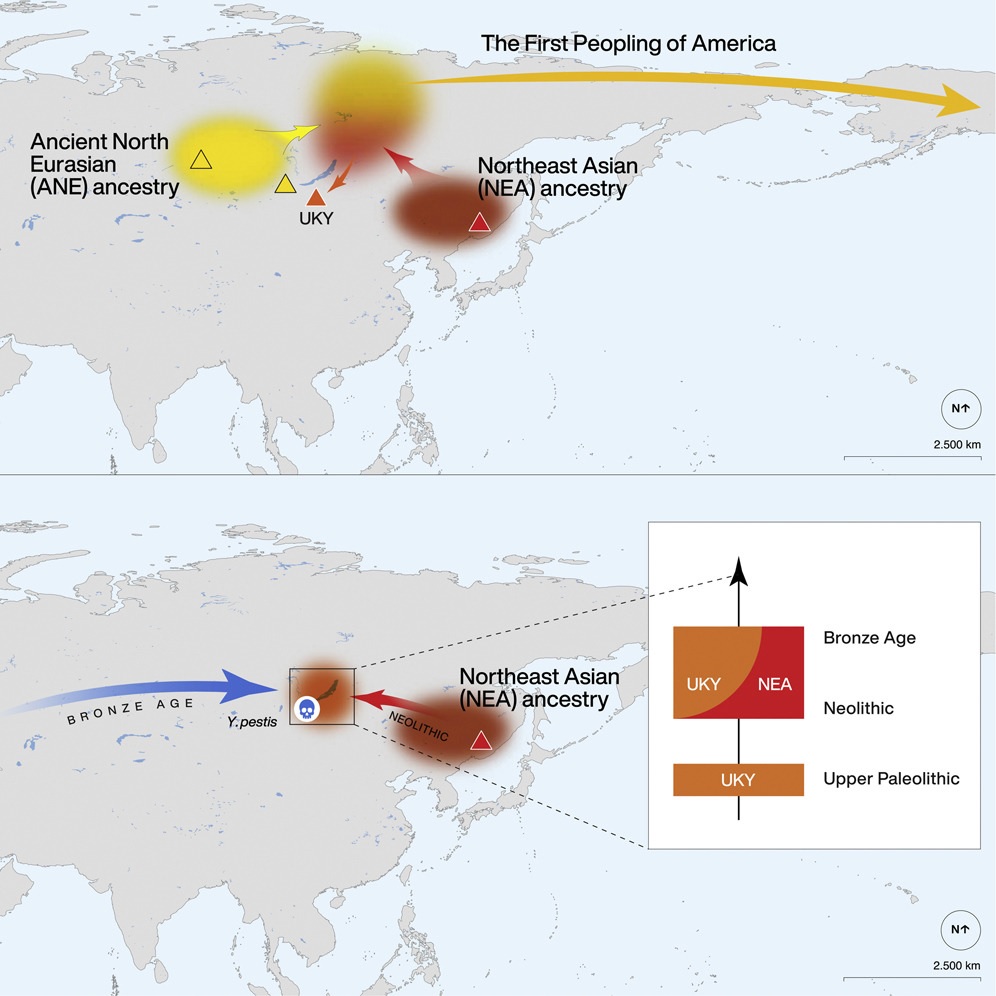
Genome Tests Reveal Oldest Connections Between Native Americans and Siberia | Courthouse News Service

Figure 2 from Genes mirror migrations and cultures in prehistoric Europe-a population genomic perspective. | Semantic Scholar

Ancient DNA at the edge of the world: Continental immigration and the persistence of Neolithic male lineages in Bronze Age Orkney | PNAS
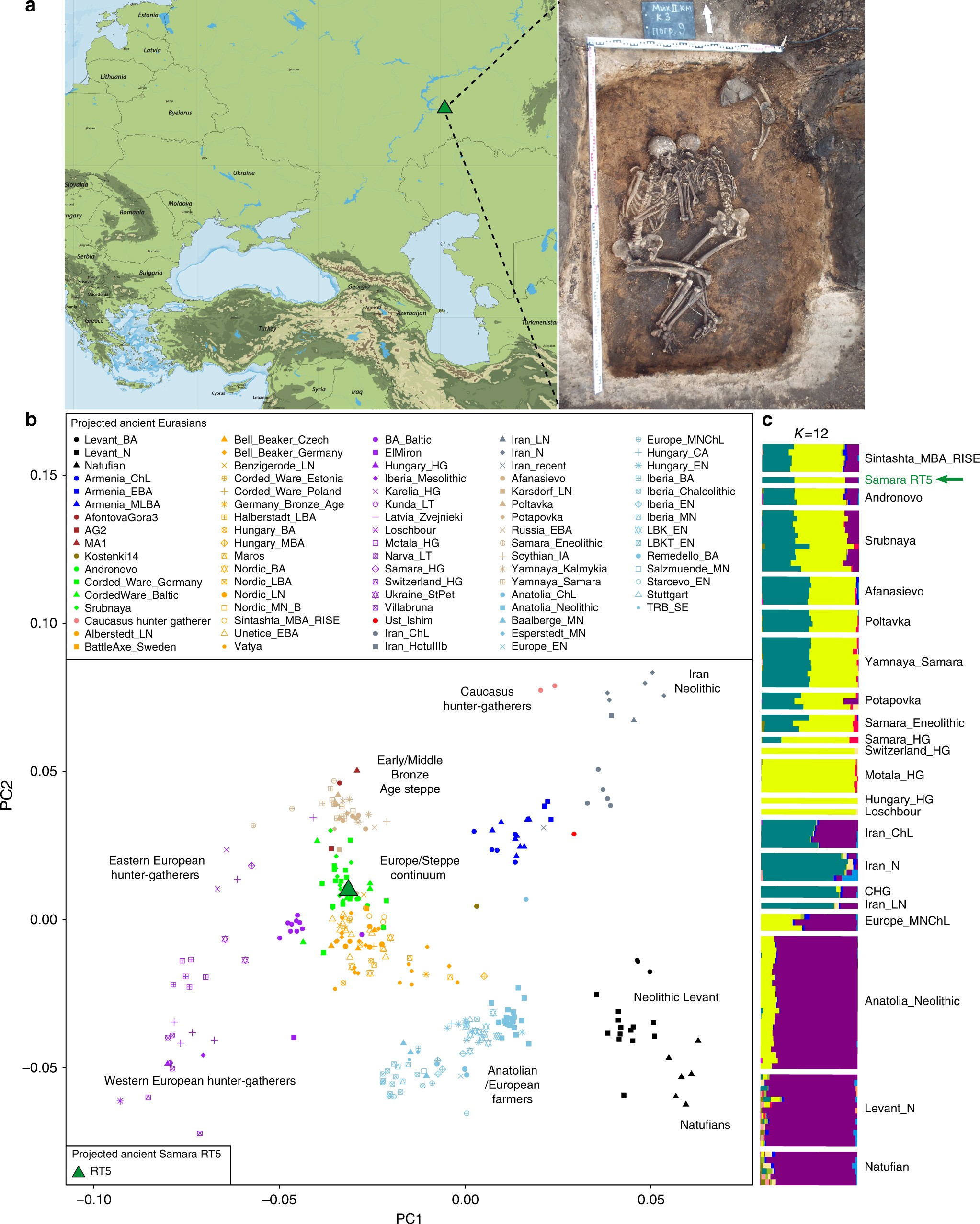
Analysis of 3800-year-old Yersinia pestis genomes suggests Bronze Age origin for bubonic plague | Nature Communications
![PDF] Paleolithic to Bronze Age Siberians Reveal Connections with First Americans and across Eurasia | Semantic Scholar PDF] Paleolithic to Bronze Age Siberians Reveal Connections with First Americans and across Eurasia | Semantic Scholar](https://d3i71xaburhd42.cloudfront.net/31ab7de6c9dda3d7f79b50c679a2e86c0212fbe5/4-Figure1-1.png)

